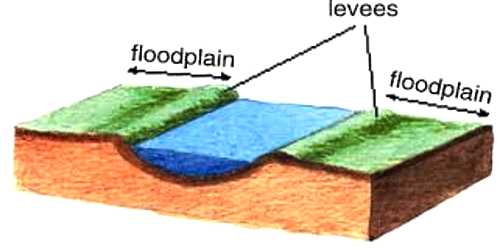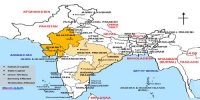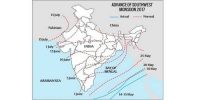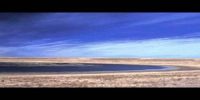Floodplains: Depositional Landforms
Deposition develops a floodplain just as erosion makes valleys. Floodplain is a major landform of river deposition. Large sized materials are deposited first when stream channel breaks into a gentle slope. Thus, normally, fine sized materials like sand, silt, and clay are carried by relatively slow-moving waters in gentler channels usually found in the plains and deposited over the bed and when the waters spill over the banks during flooding above the bed. A riverbed made of river deposits is the active floodplain. The floodplain above the bank is an inactive floodplain. But floodplains can also be very dangerous places. Even though they regularly flood, houses are often built on them.
A floodplain is an area of flat land alongside a river. This area gets covered in water when the river floods. Floodplains are naturally very fertile due to the river sediment which is deposited there. This sediment is good for growing plants on the floodplain.
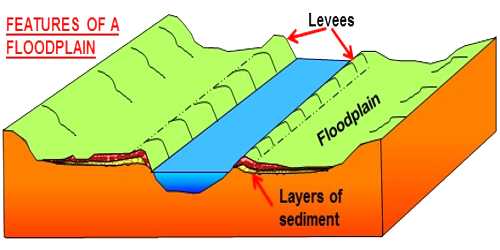
Inactive floodplain above the banks basically contains two types of deposits — flood deposits and channel deposits. In plains, channels shift laterally and change their courses occasionally leaving cut-off courses which get filled up gradually. Such areas over flood plains built up by abandoned or cut-off channels contain coarse deposits. The flood deposits of spilled waters carry relatively finer materials like silt and clay. The floodplains in a delta are called delta plains.
